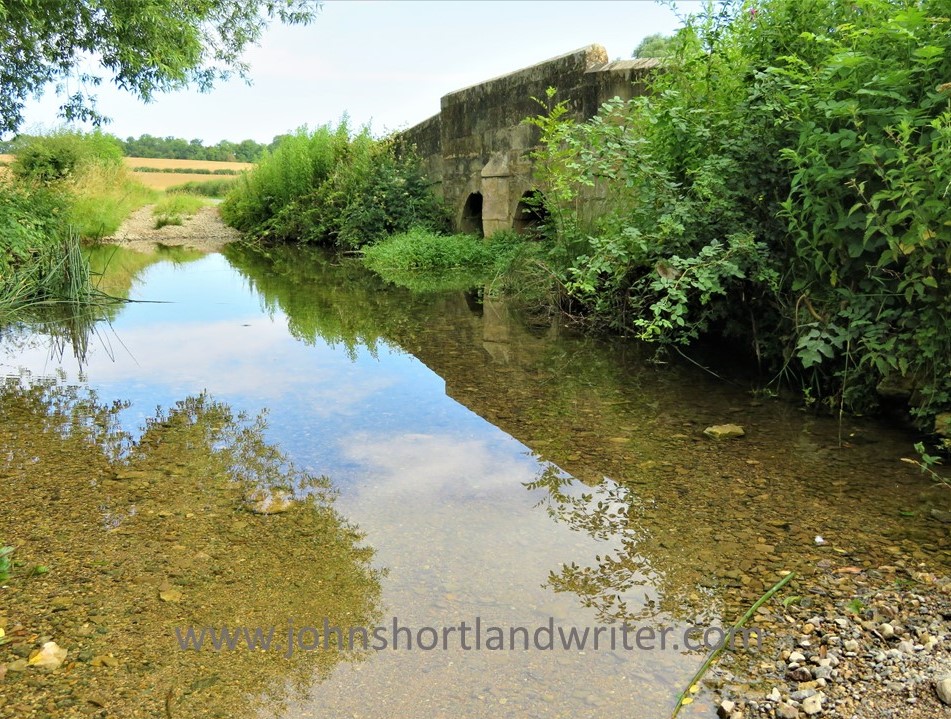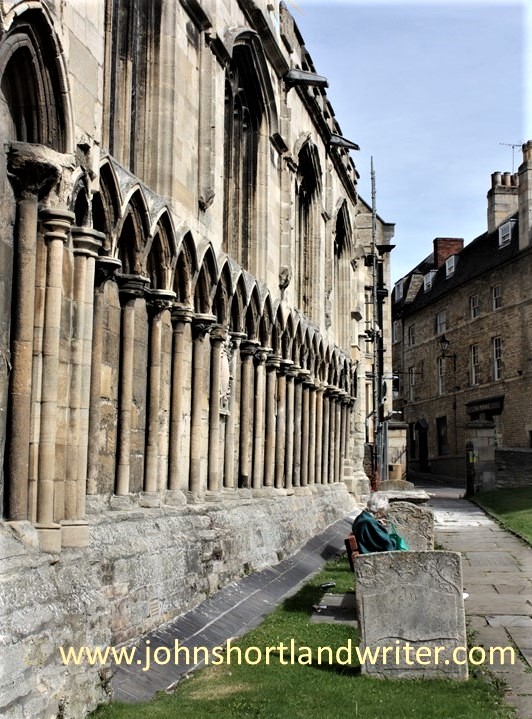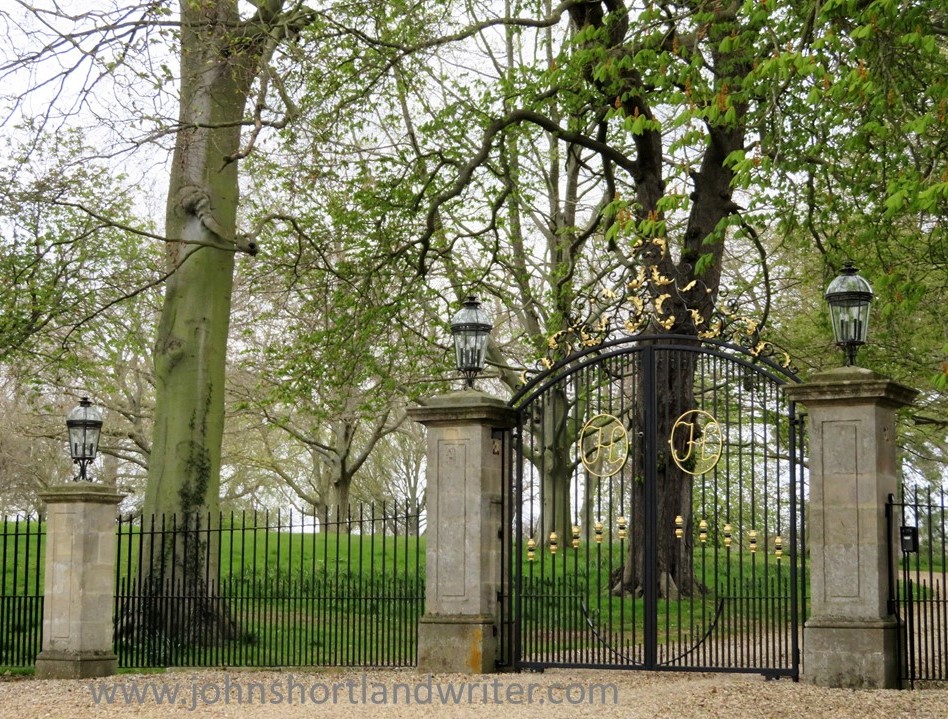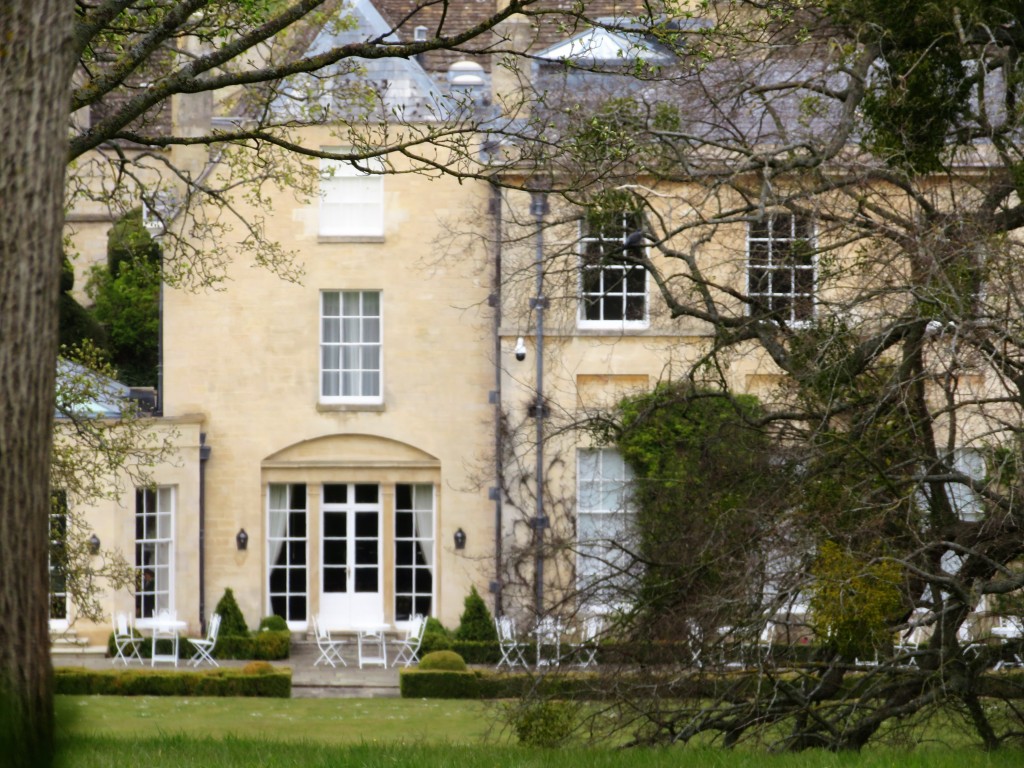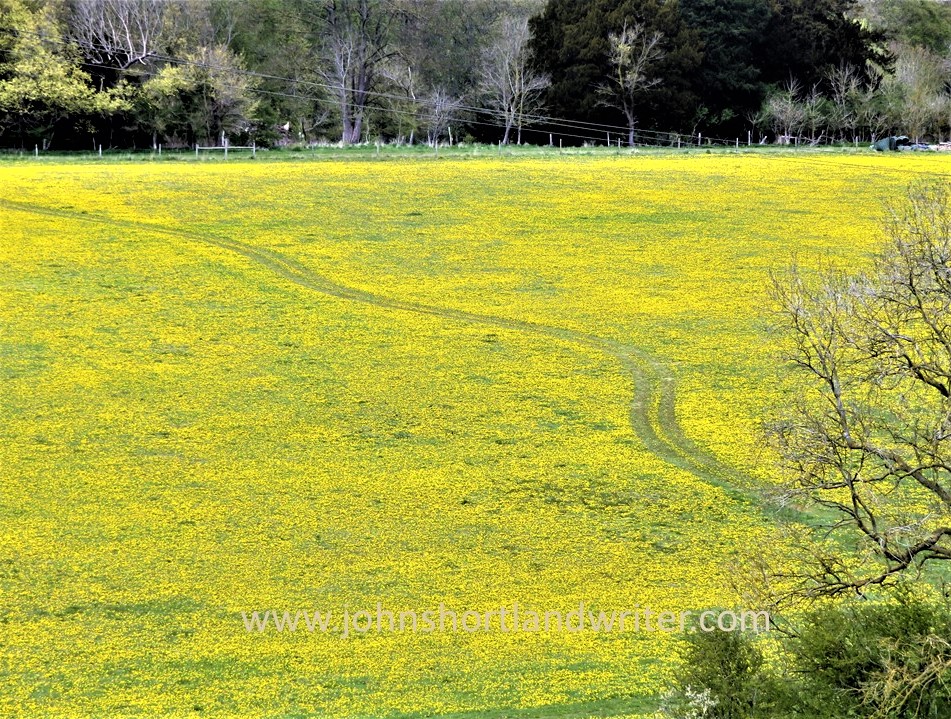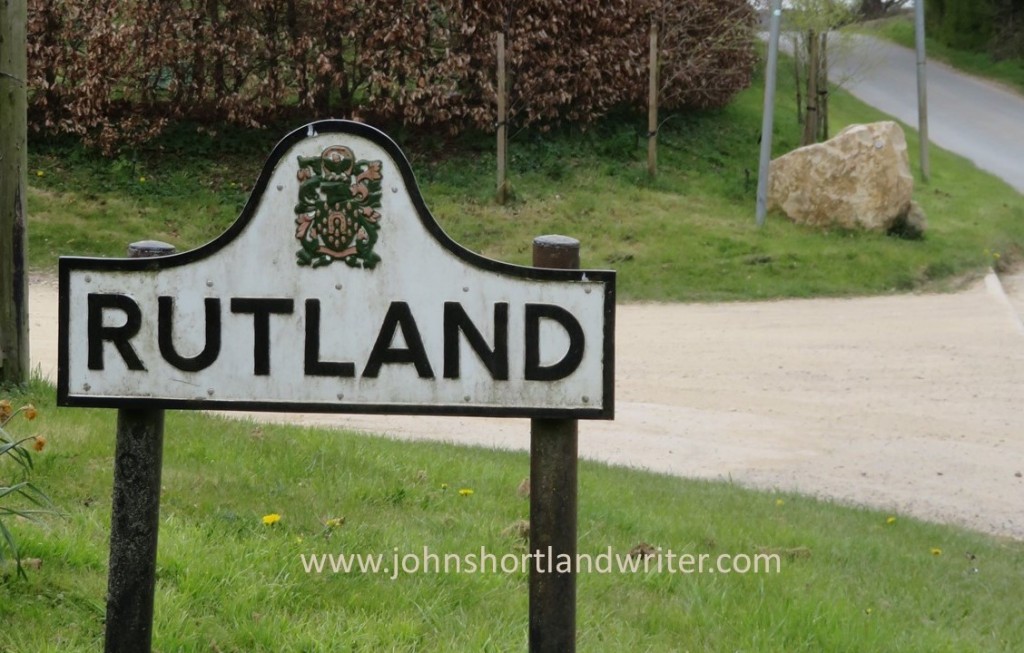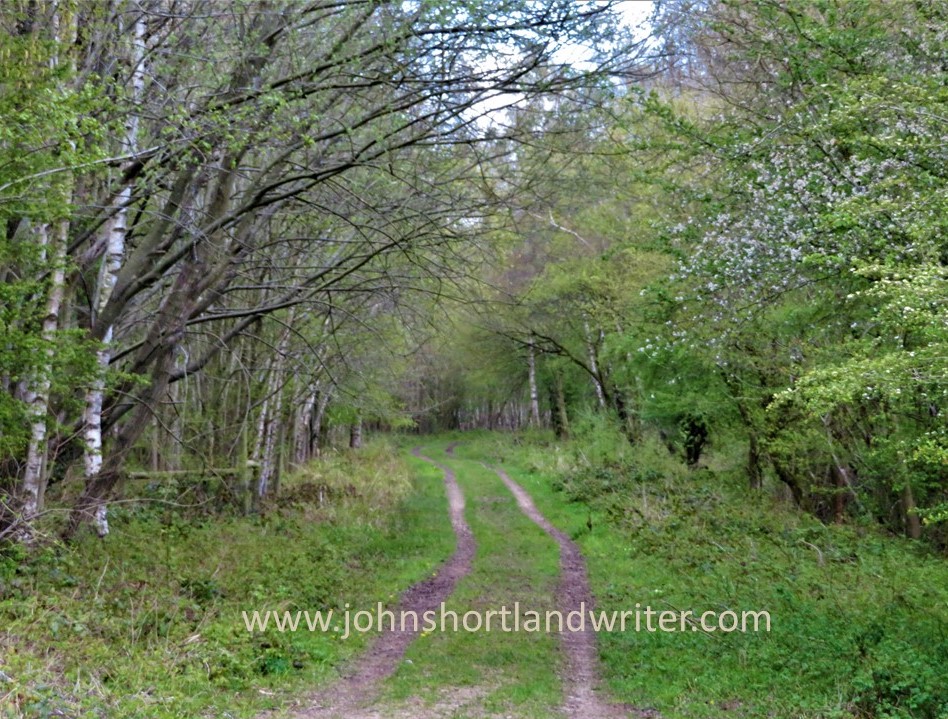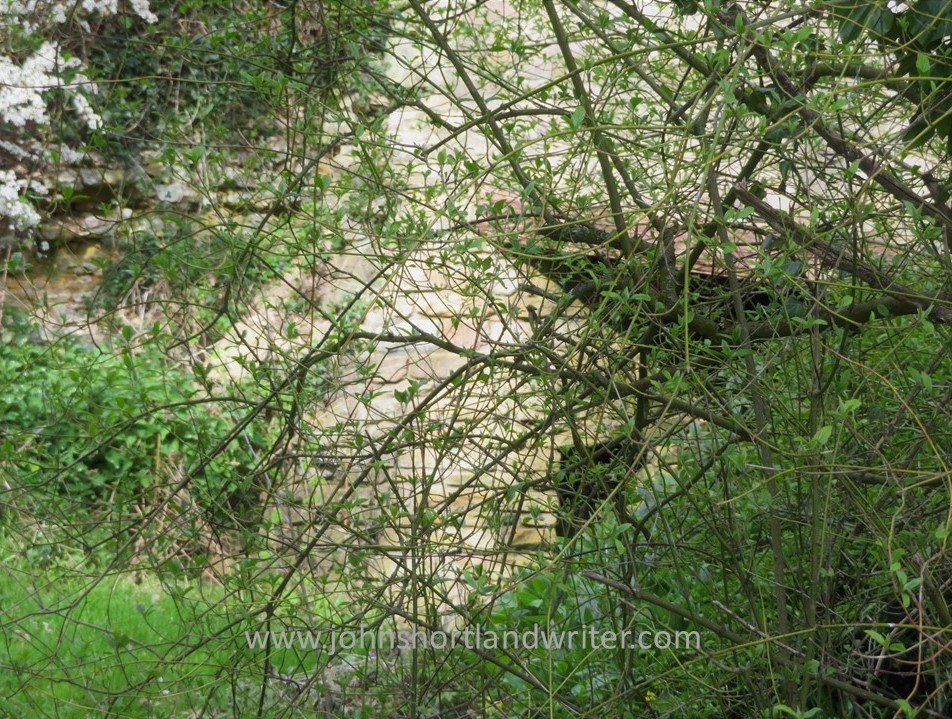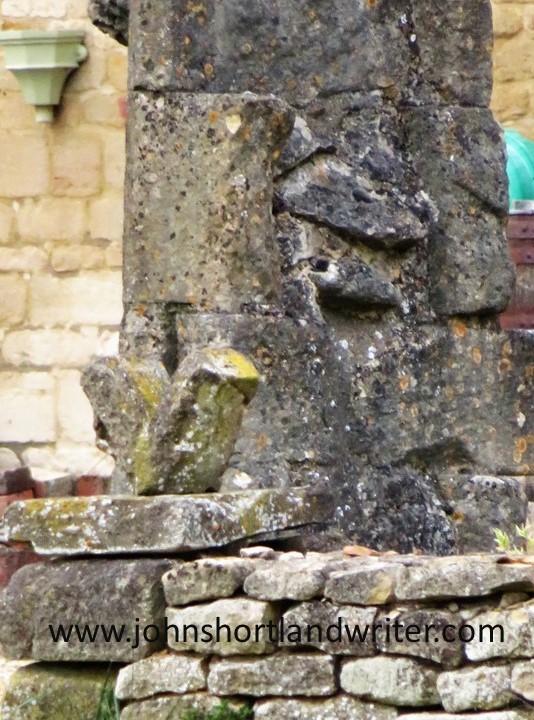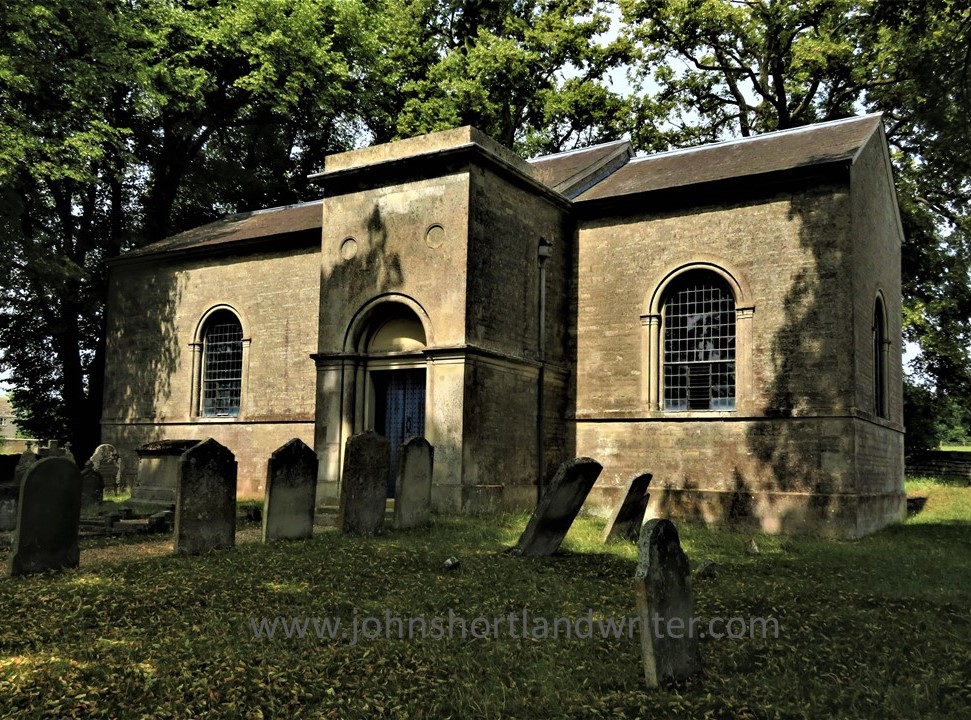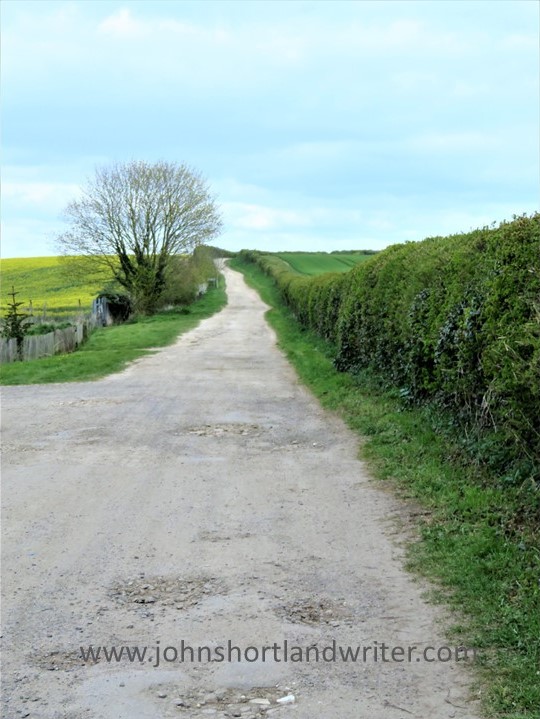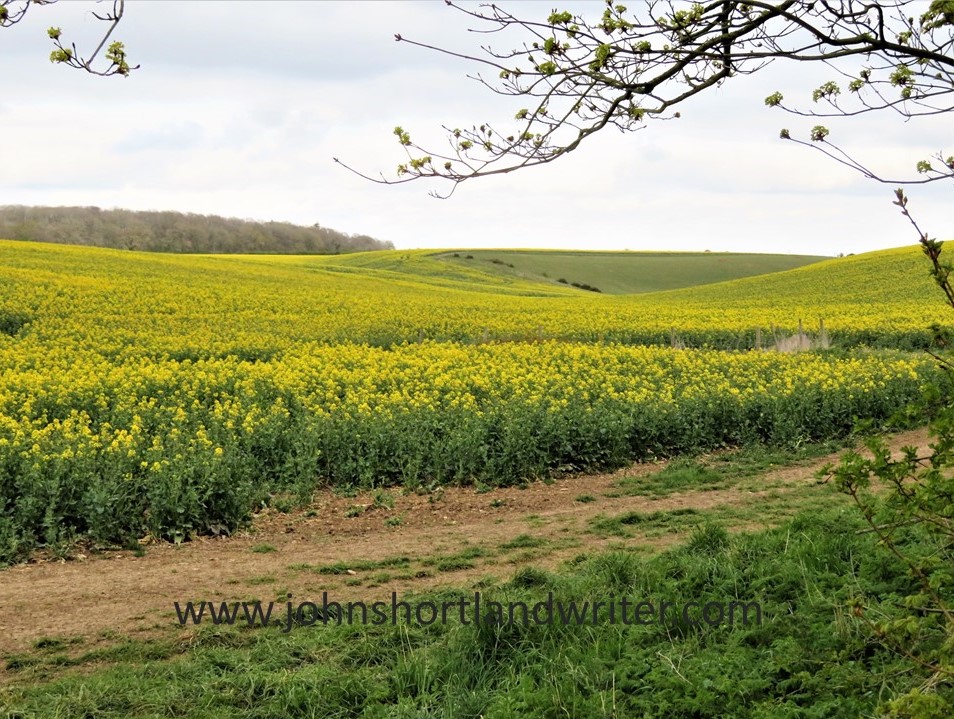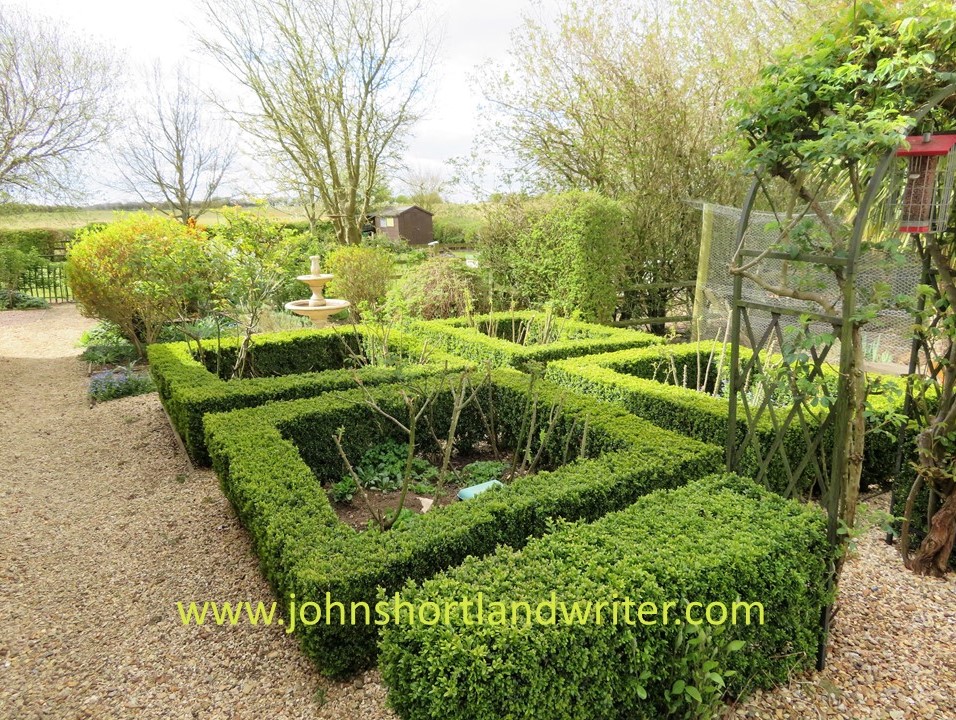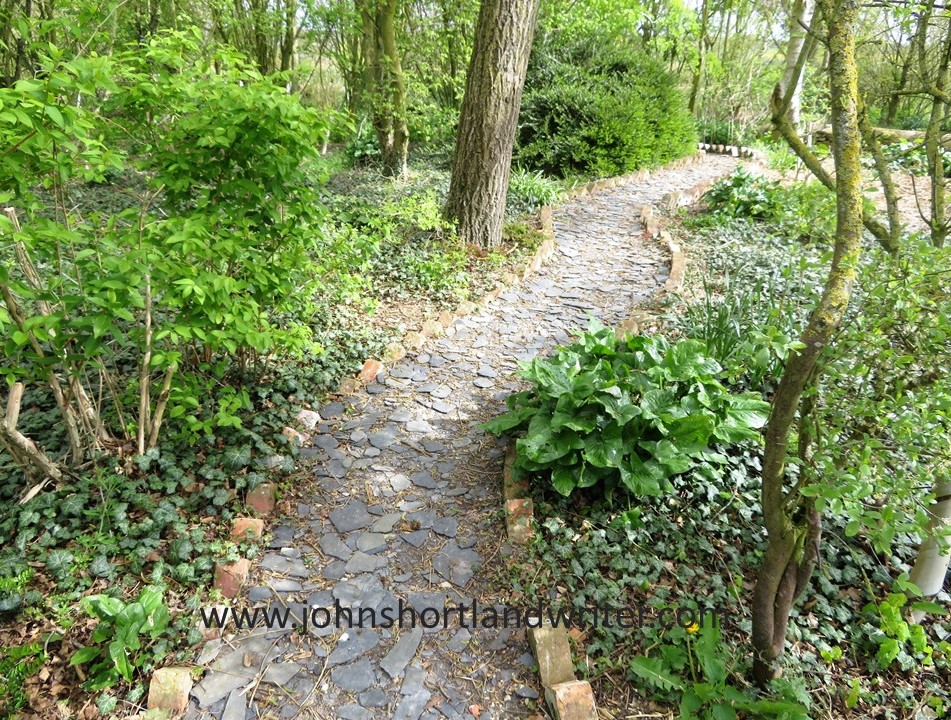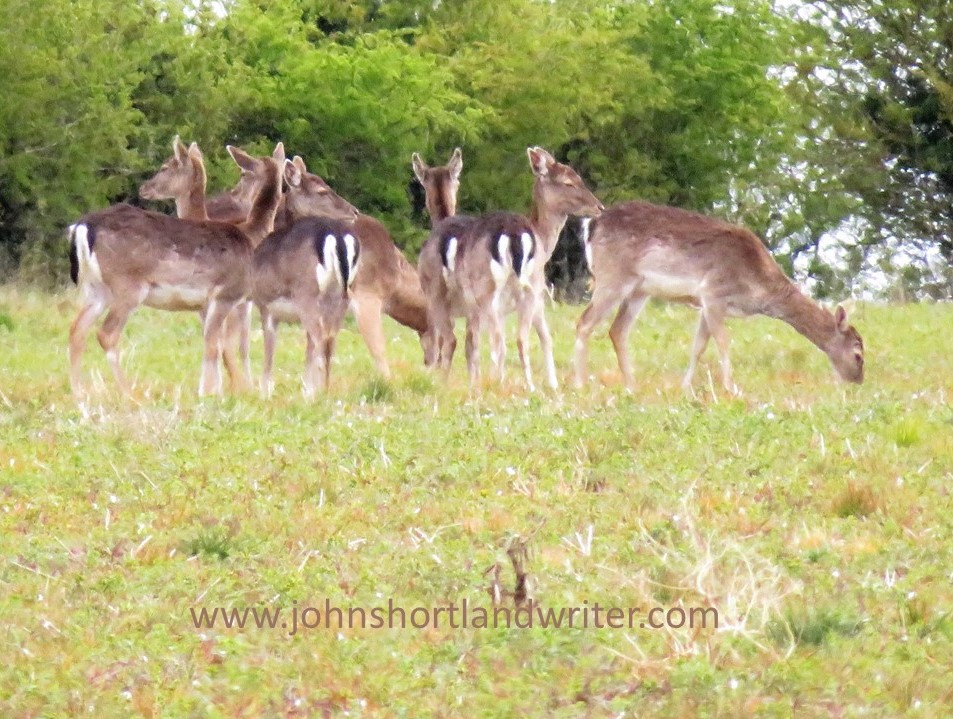In my earlier post on mentors, I asked the question “what makes someone a mentor” and do they realise they have actually become one. Of course, the answer will vary for there are many reasons why people do it, and equally a number of reasons why someone needs it. My experience is that it is only with hindsight that I realise I had four mentors in my life and all would be amused at my describing them as such.

In part one I told of how I met, quite by chance, Dick and Lorna French who had a remote hill farm on Exmoor, a National Park in England’s West Country. I was aged sixteen and, despite our age differences (essential for mentoring) a close friendship developed that lasted until their deaths many years later. [Their story can be found here] Fifteen years after that first meeting, I met another couple, Cyril and Pamela Heber Percy, and although of a very different background from Lorna and Dick, they too took on the role of mentor.

In 1983 I had moved house to a small village in the Chilterns. Although I consider myself a ‘Chilterns man’ I had always lived at their foot, first by the River Thames and, later, by the steep escarpment to the west. Now I was living in one of the highest villages, surrounded by wonderful bluebell woods and prone to quite different weather than seemingly, everywhere else. Like many hilltop villages it was a straggly affair, a mile long but with the houses scattered first one side of the road and then the other. Our house sat opposite the common – a wide, open piece of land although by us it had been invaded by bracken and hazel scrub where Dormice could be seen climbing amongst the branches. Wild cherries and raspberries also grew there and with a small pond that had once been the village’s only source of drinking water, it was very quiet and very lovely.


Soon after our arrival, there had been a knock on the door. Standing on the doorstep was an elderly gentleman, very upright and with a clipped moustache he looked every part the retired army colonel which he was. With no introduction he barked, “what religion are you?” Before I could answer, he continued, “Of no matter, we need bell ringers. I’ll see you at practice tomorrow, 7pm.” Of course, I didn’t go! Our next meeting was one evening when out walking. Hearing a lot of shouting and cursing I could see a man of similar age to me having difficulty with ‘boxing’ (loading) his horse to transport it back home. No matter how he tried the horse refused to walk up the ramp and into the lorry. As I drew level, the Colonel holding a whisky in his hand also appeared ready to give advice. The young man looked very dismissive at his suggestions but that changed after the Colonel took hold of the reins, jumped onto the horse’s back with an agility that belied his years and cantered away before turning and riding it straight into the lorry. “Don’t stand any nonsense in future” was all he said as he tied the horse securely. Turning to me, he said, “must be time for another whisky.” Both the rider and I had learnt a valuable lesson that evening – never judge someone’s abilities by their age.

The Colonel and I spent the rest of that evening in his home drinking whisky and discussing all manner of things, Pamela, his wife, joining us. Sitting back in a comfortable armchair, I took in my surroundings, my eyes landing on a small photograph sitting on a shelf. It was of two army officers on duty outside Buckingham Palace. Cyril noticed my interest immediately – another thing I was to discover: he was exceptionally alert and noticed everything. He explained that the photo had been taken many years earlier and featured in the national newspapers. It was of him and his brother, one in the Welsh Guards the other in the Grenadier Guards acting as Colour Bearers at the Changing of Guards ceremony, the first time that two brothers had had that honour.

Over the years that followed, Cyril would tell me of his military career, of his escorting Queen Wilhelmina of the Netherlands under enemy fire during her evacuation, of dinners in England at the Palace with the King. (Pamela complained of how tedious all the formalities were!). Of even greater interest was to learn of his Edwardian upbringing for he had been raised at Hodnet Hall, a large country estate in Shropshire. He lived on the top floor in the nursery and each evening Nanny would bring him down to say goodnight to his parents where he would recite a poem and dutifully kiss his mother and shake his father’s hand. Surrounded by liveried footman and other house staff, he preferred the informal company of the gardeners and gamekeepers. Through them he developed a deep love for the natural world and keen observational skills which he passed onto me. Walking together, he would point to a barely visible gap in a hedge and ask me if a hare, fox, badger or deer had made it. Of course, I got it wrong but he persevered until I was able to tell the difference.


During this time I was still working indoors in the retail fashions business but he taught me a lot about gardening too for the gardens at Hodnet were considered one of the finest in Europe. You have to think big, he would say, immediately followed by “and you have to think small”. To prove the point he would get me to lie down staring up at the undersides of large leaved plants, and then, on my knees, examine the different shades of green that could be found in the tiny leaves of wild thyme. To get me to understand the wonders of the natural world he would say, “think like a child but always act like an adult”. Years later, in my present career, I remember this advice and concentrate on elements of surprise as well as leaf texture when designing gardens.

Pamela, also would tell me stories of her life. Born into Irish aristocracy she had a very different upbringing to her husbands for there was the insecurity that the fight for Irish independence would bring. There were stories of hiding in secret passageways within the house ready to escape if a violent attack took place, Fortunately, this never happened, perhaps because her mother took her social duties very seriously and would visit the poor and the sick to make sure that they never went hungry. Pamela would accompany her mother on these visits and so from an early age saw how frugally ‘ordinary’ people lived. It also gave her the ability to empathise with people from all walks of life and to treat them as equals.

Over the years, the Heber Percy’s taught me many things, one of which was to cast a fly. Both the Colonel and Pamela were expert salmon and trout fishers. When I mentioned how much I enjoyed spinning for pike, Cyril had shaken his head and joked that it was very poor sport. Venturing out onto the lawn he pointed to a fallen leaf – “that is your trout” – and he patiently watched and corrected me as I tried to get the line to drop close-by, After I had mastered that he made life more difficult by pointing to leaves under low hanging branches and from there, to leaves floating on the surface of the swimming pool. Unaware at the time, they gave me lessons in accuracy and perseverance as well as a useful fishing skill.

It was a sad day when I heard that the Colonel had died. He was buried, with full military honours at Hodnet, his childhood home. We had always planned to visit the house and gardens together one day and now we were, although not in the way we had planned. I felt surprise, pride and honour when I was ushered to the front of the church to sit with the family. As the Last Post was being played from the top of the church tower I felt my lower lip tremble only for it to be controlled by hearing the Colonel’s voice whispering, “not very British!”. Soon after his death, Pamela moved house and although not too far away, I saw less of her, and not many years after she also died. I had lost two very dear and good friends.

And one final thought – I did learn how to ring the church bells!
Have you had a mentor or mentored someone? What does it take for someone to become a mentor? Our parents have probably the greatest influence on our lives so why does a mentor s role take on such importance? Let’s hear your story either in the comments below or, if you prefer, by using the Get in Touch tab at the top of this page. Thanks to Diane Highton for posing the question that triggered this blog!

